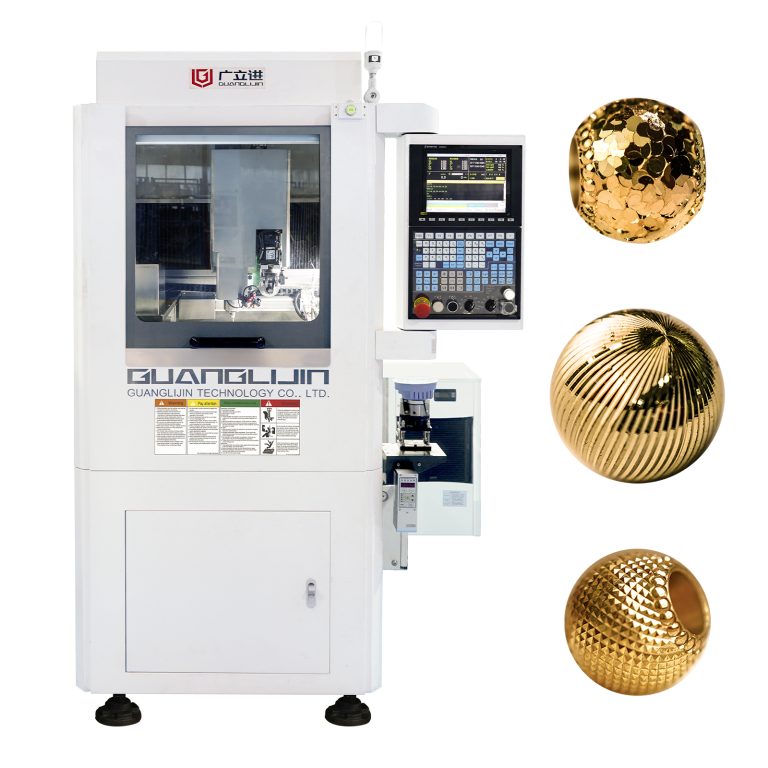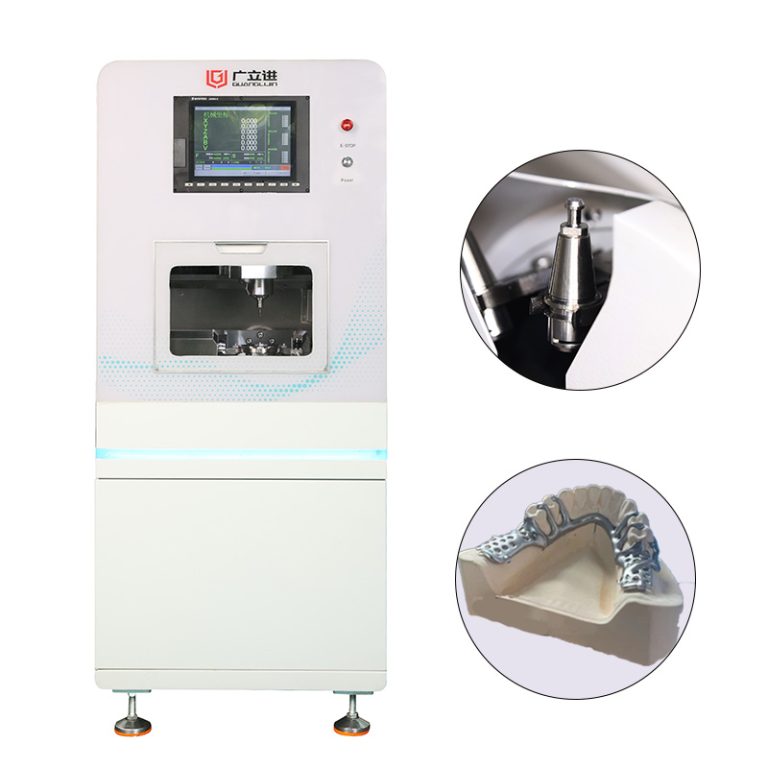Top 5 Benefits of Precision CNC Machining for Automotive Industry
Why Automakers Rely on Precision Machining
Modern cars contain over 30,000 parts, many requiring tolerances tighter than human hair (±0.01mm). That’s why 78% of Tier 1 suppliers now use precision CNC machining for critical components.
In our 2025 electric vehicle battery housing project, CNC-machined aluminum components showed 40% better thermal conductivity than cast alternatives. The secret? Optimized tool paths and controlled material grain structure.
CNC vs Traditional Manufacturing for Auto Parts
| Factor | Precision CNC | Traditional Methods |
|---|---|---|
| Production Speed | 50-100 parts/day | 20-30 parts/day |
| Material Waste | 5-8% | 15-25% |
| Dimensional Accuracy | ±0.005mm | ±0.05mm |
5-Step Process for Automotive CNC Success
- Design Optimization: Use DFM principles to reduce complex features
- Material Selection: 6061 aluminum for prototypes, 4140 steel for production
- Fixture Engineering: Custom jigs prevent vibration in thin-wall parts
- High-Speed Machining: 15,000+ RPM spindles for clean cuts
- Automated Inspection: CMM verification of every 10th part
Interestingly, step 3 is often underestimated. Proper fixturing can reduce cycle times by 25% according to SAE International’s 2024 report.
Critical Mistakes in Automotive CNC Projects
⚠ Warning: Never skip stress-relief annealing for steel components. Untreated parts show 300% more dimensional drift after 6 months (Ford Motor Co. 2023 study).
Other costly oversights:
- Using wrong coolant concentrations (causes corrosion)
- Ignoring tool wear patterns
- Overlooking deburring requirements
Here’s a reality check – we helped a transmission manufacturer reduce warranty claims by 62% simply by improving their CNC surface finish specs from Ra 3.2 to 1.6μm.
The Top 5 Automotive CNC Advantages
1. Unmatched Consistency
Precision CNC machining produces 99.9% identical parts – crucial for engine blocks where 0.1mm variance affects performance.
2. Material Flexibility
From aluminum alloys to titanium, CNC handles all automotive materials without retooling costs.
3. Rapid Prototyping
Create functional prototypes in days rather than weeks. Tesla reportedly tests 5x more designs using CNC.
4. Cost Efficiency
CNC reduces per-part costs by 30-40% at mid-volume production (1,000-10,000 units).
5. Future-Proofing
CNC programs are digital assets that never degrade, unlike casting molds that wear out.
Automotive CNC Quality Checklist
✅ PPAP documentation complete
✅ Material certifications verified
✅ Critical dimensions CMM-checked
✅ Surface finish meets Ra specs
✅ Proper edge breaks applied
Pro tip: Always request statistical process control (SPC) data for production runs over 500 pieces.
Frequently Asked Questions
What’s the typical tolerance for CNC machined engine components?
Most powertrain parts require ±0.01mm, while non-critical brackets may allow ±0.05mm.
How does CNC machining cost compare to die casting for automotive parts?
CNC is cheaper below 5,000 units. Die casting becomes economical at 10,000+ pieces due to lower per-unit costs.
Can precision CNC machining create complex automotive prototypes?
Absolutely. 5-axis CNC machines can produce intricate geometries like turbocharger housings in one setup.
What file formats work best for automotive CNC machining?
STEP and Parasolid formats maintain most design intent. Avoid STL for precision components.




